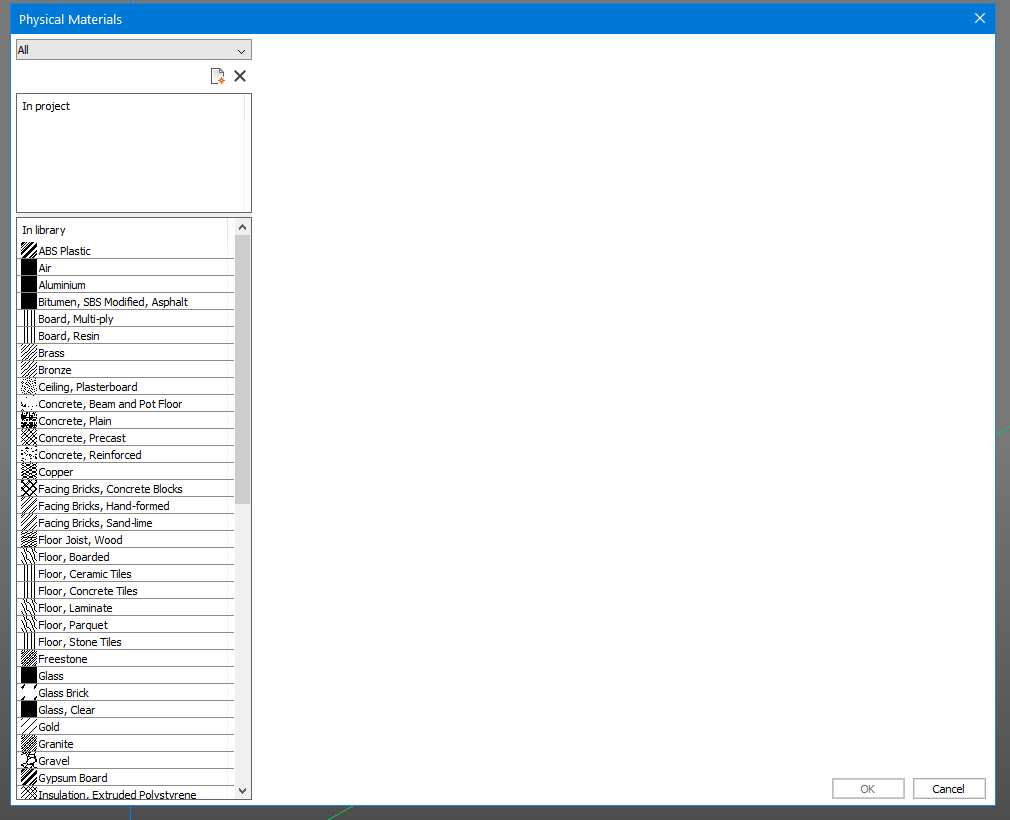Assign physical material
Hi Guys,
I'm hoping someone can help me, I have a Classic licence and I'm trialling the mechanical version hoping It will replace an old perpetual Autodesk Inventor license.
One thing is bugging me, how do I assign physical materials, I need to get the centre of mass for my assemblies.
Also how does the Mechanical Bricscad compare to Inventor, Solidworks etc. I've looked at the features and it does get better considerably every year.
Thanks in advance.
Comments
-
I can't compare with Inventor but it is more comparable to Solidworks and I've dropped Solidworks for BricsCAD because for me it offered what is needed or I know it will be coming in the near future. Without knowing what you want to use it for I can't say whether it can replace Inventor though if you are using an old license it probably can. Recently I spoke with an Inventor user who looked at BricsCAD Mechanical and he commented it works quite differently from Inventor, imho it works quite similar to Solidworks but has less of the nagging stuff that Solidworks keeps yapping about.
Solidworks still has functionality that BricsCAD Mechanical does not (yet) have but as you have noticed it is getting considerably better every year so far. If there is something you think is missing then by all means do make a feature request to the BricsCAD people, if it seems that it makes sense to have for quite a few people then there is a good chance it will get implemented.
Regarding applying materials, there are two ways to do this, at the component level and at the assembly level.
First make sure you have initialized the mechanical structure of your component with the BMMECH command if there is not already a mechanical structure.
You can find applying the material in the mechanical browser, near the bottom of the palette there is a component section and in the last row of that section you can set the material. Click in the material field to make it active and then click on the button with three dots at the end of the material field.
This will bring up the Physical Materials dialog

You can set this for each component you create. However if most of the components are of the same material or if you want to use the component for multiple materials (e.g. steel and aluminium versions of a product) then you can leave the material at
<inherit>and assign the material in the (sub)assembly and then component will then take the material of the (sub)assembly.
Components having materials applied at the component level will keep their material properties regardless of what is set in the (sub)assembly so mass calculations should still be correct. The same applies to child assemblies vs parent assemblies if a subassembly consists of a single material.Setting material at the (sub)assembly level does mean you have to be careful about inserted components that should have a different material than that of the (sub)assembly (e.g. plastic) because if that has not been assigned at that components level or at the subassemly level if the entire subassembly consists of plastic then it will use the material of the parent (e.g. steel) and your mass calculation can be way off from what it should be.
In the Physycal Materials dialog you can also add new materials if they do not yet exist, these materials exist by default only in your drawing but you can add them to the library as well for use in other drawings.
0 -
Wow, thank you so much for your detailed response.
I am using Linux for the trial of Mechanical and for some reason there is a display bug which does not show all of the listed options on the component panel. Hence the reason I can't assign materials. Thanks for pointing me in the right direction though.I have been using history based parametric sofware for around 13 years and to be honest I am struggling to get use to the direct modelling workflows of Bricscad. I just need to keep trying it out and learn more.
I am a freelance designer and work in various sectors including the Process sector, currently I'm designing an industrial CNC router. I am aware Hexagon are heavily involved with the Process sector, so I think investing in the Mechanical (or Ultimate) would be a good move.Thanks again.
0
